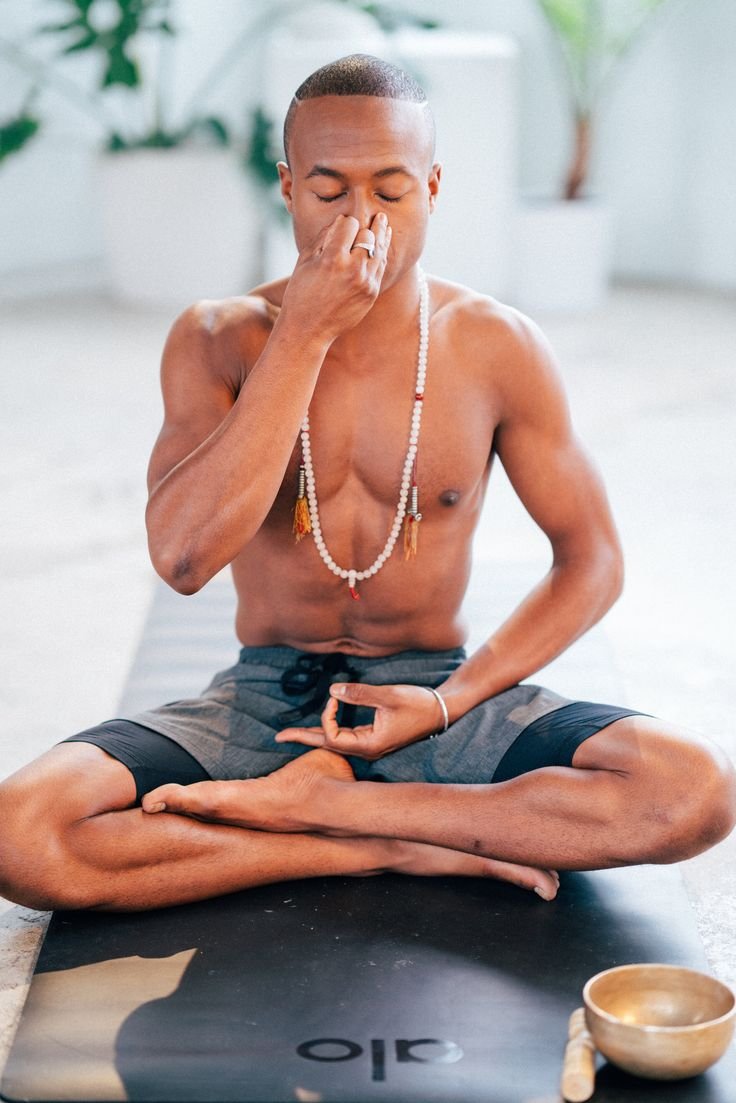
Introduction: What Is Mindful Movement?
Mindful movement combines physical activity with mental awareness. In practices like yoga, Pilates, or tai chi, the emphasis is on performing movements consciously, paying attention to breath, alignment, and sensations.
In fitness, mindful movement isn’t just about exercise; it’s a holistic approach that enhances physical, mental, and emotional well-being. Unlike repetitive, unconscious workouts, mindful practices help improve posture, prevent injuries, and cultivate a deeper connection with the body.
The Philosophy Behind Mindful Movement
- Mind-Body Integration
Mindful movement encourages synchronization between physical actions and mental focus, leading to a balanced state of being. - Awareness in Motion
Unlike high-intensity routines, mindful practices slow down movements to encourage awareness of how muscles, joints, and breath work together. - Cultivating Presence
A key element is being present. Whether you’re in a yoga pose or lifting weights, mindful movement eliminates distractions and keeps attention on the task at hand.
Benefits of Mindful Movement in Fitness and Yoga
- Improved Physical Alignment
Mindful practices reduce imbalances caused by poor posture or repetitive movements. Yoga poses like Mountain Pose and Tree Pose train the body to align naturally, improving biomechanics. - Enhanced Muscle Activation
Moving with awareness ensures the correct muscles engage, preventing overuse injuries and improving exercise efficiency. - Stress Relief and Mental Clarity
Activities like yoga combine movement with breathing techniques, reducing cortisol levels and promoting relaxation. - Injury Prevention
Mindful movement teaches you to listen to your body’s limits, reducing the risk of strains or overexertion. - Better Coordination and Balance
Slow, deliberate motions enhance proprioception (body awareness), leading to improved balance and coordination in daily life.
Key Practices for Mindful Movement
- Yoga
Yoga is the foundation of mindful movement. Each pose demands awareness of breath, alignment, and transitions. Poses like Warrior II or Downward Dog integrate strength and mindfulness, making them excellent for both fitness and focus. - Pilates
Pilates emphasizes controlled movements and core strength, fostering body awareness and precision. - Tai Chi
This ancient practice incorporates slow, flowing movements that cultivate mindfulness, balance, and relaxation. - Mindful Walking
By focusing on each step, posture, and breath, walking becomes a meditative exercise rather than a mindless activity. - Functional Fitness
Integrating mindfulness into strength training or cardio routines ensures proper form and prevents injuries.
How to Incorporate Mindful Movement Into Daily Fitness
- Start With Breath Awareness
Before beginning a workout, take a few moments to focus on your breathing. This simple step shifts your attention inward, setting the tone for a mindful session. - Slow Down
Whether you’re performing yoga poses or strength training, prioritize quality over quantity. Slow movements allow for greater focus and control. - Engage the Core
Mindful movement often begins with core engagement. A strong, activated core improves posture and prevents compensatory movements. - Check-In With Your Body
Pause during your workout to assess how your body feels. Adjust your posture or modify movements as needed. - End With Reflection
Conclude each session with a brief moment of gratitude or meditation to consolidate the benefits of your practice.
Mindful Movement for Mental Health
- Reducing Anxiety
By focusing on the present moment, mindful movement redirects attention away from worries, reducing anxiety and fostering a sense of calm. - Improving Focus
The discipline of mindful movement sharpens mental focus, enhancing productivity in daily life. - Cultivating Emotional Resilience
Practices like yoga build emotional resilience by teaching acceptance of discomfort and encouraging self-compassion.
The Science Behind Mindful Movement
- Brain-Body Connection
Research shows that mindful movement activates areas of the brain associated with self-regulation, memory, and focus. - Neuroplasticity
Consistent practice enhances neuroplasticity, the brain’s ability to rewire itself, improving both mental and physical adaptability. - Stress Reduction
Studies confirm that mindful practices lower stress hormone levels, enhance immune function, and improve cardiovascular health.
Case Studies: Mindful Movement in Action
- Rehabilitation Success
Mindful movement is widely used in physical therapy to aid recovery after injuries. Exercises like gentle yoga or Pilates help restore mobility and strength. - Athletic Performance
Elite athletes integrate mindfulness into training to refine technique and maintain focus during high-pressure competitions. - Everyday Wellness
For desk workers, mindful practices reduce tension caused by prolonged sitting, improving both posture and productivity.
Overcoming Challenges in Practicing Mindful Movement
- Challenge: Distractions During Practice
- Solution: Choose a quiet space and focus on your breath to anchor your attention.
- Challenge: Impatience With Slow Movements
- Solution: Remind yourself of the long-term benefits of mindfulness, and start with short, manageable sessions.
- Challenge: Difficulty Incorporating It Into Routines
- Solution: Integrate mindfulness into existing activities, like focusing on your form during a workout or walking meditation during a break.
Future Trends in Mindful Movement
As wellness trends evolve, mindful movement is becoming increasingly popular. Wearable fitness devices now track breathing patterns, encouraging mindfulness in workouts. Virtual reality (VR) is also emerging as a tool to immerse users in guided mindful practices.
Hybrid fitness classes combining yoga, strength training, and mindfulness are gaining traction, reflecting a growing awareness of the importance of integrating mental and physical health.
Conclusion
Mindful movement is more than a fitness trend—it’s a transformative practice that enhances physical performance, mental clarity, and emotional resilience. By slowing down and paying attention to the body, individuals can unlock a deeper connection to their movements, prevent injuries, and cultivate lasting well-being.
Whether practiced through yoga, Pilates, or mindful walking, this approach redefines fitness as a holistic, sustainable path to health.




